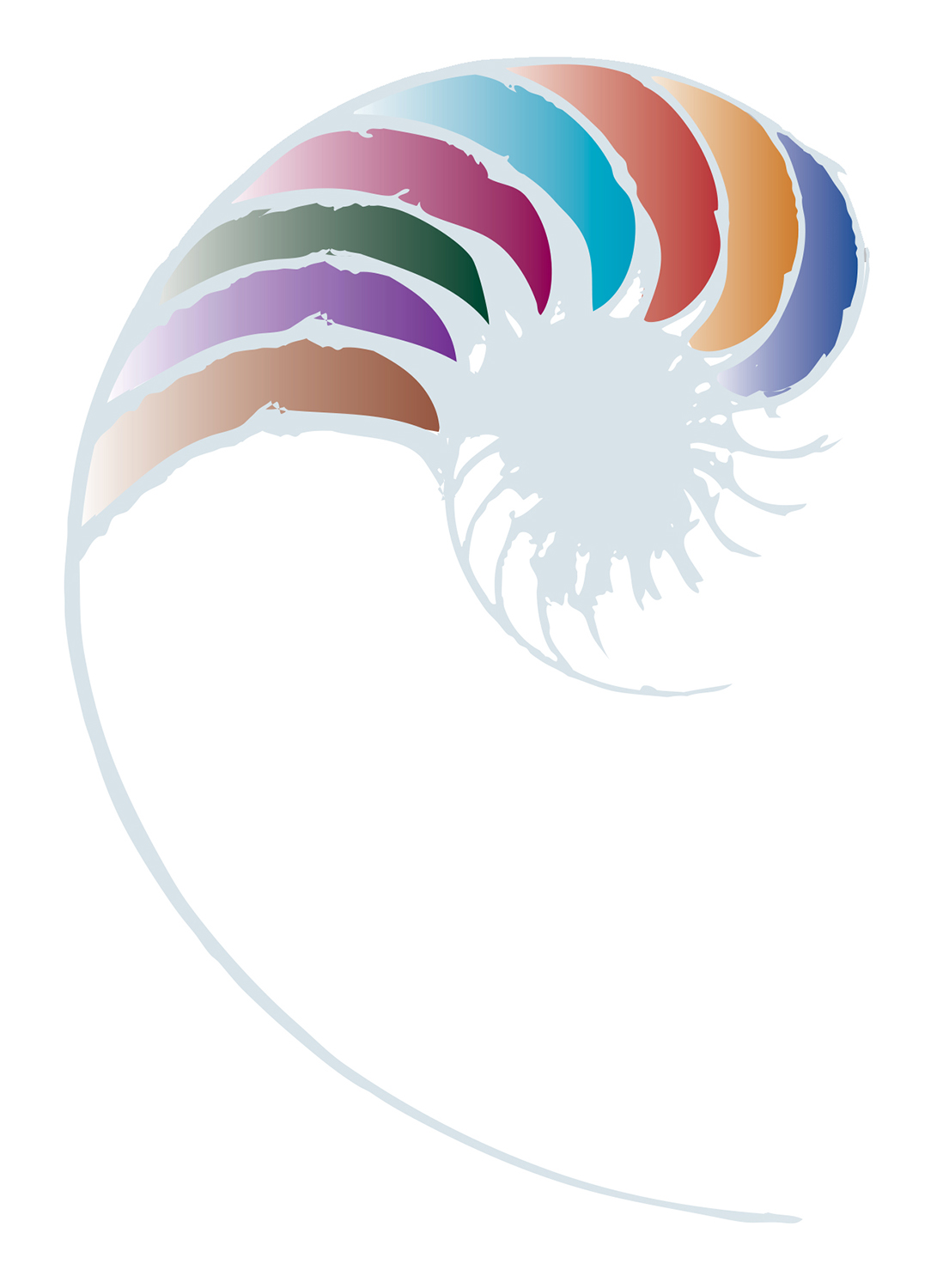Investigating thinking rather than facts
A story about finding out the working theories of tamariki.

Alice Shafer (2002) suggests that “resisting the temptation to correct a child’s misconception, to not teach, may be one of the most difficult tendencies we struggle to overcome and one of the most valuable gifts we give children.”
This story illustrates an adult creating an opportunity for Felix to share his ideas, and then setting up a scenario to help him test and explore his ideas further.
Fendalton Playcentre was at the local park. Felix was looking at a seesaw and asked Kristina, “Why is it called a seesaw?”
“What do you think”? Kristina asked him. “Well, it looks like a saw, and it looks like the sea”. “Does it”? Pointing at the bar that supported the seats, Felix said, “This bit here looks like a saw because it’s long and skinny, and this bit here (while pointing to the curved legs) looks like a wave, so it’s like the sea.”
Kristina was taken by Felix’s idea and recognised this as an example of Felix expressing a working theory about the reason for the name.
A short time later, Kristina saw a sculpture of a seesaw that looked quite different from the one in the park. With Felix’s theory in mind, she took a photo and later showed him the photo. To Kristina’s surprise, Felix found a way for this new type of seesaw to fit into his existing theory.
I reminded him of the seesaw at Spencer Park and his explanation of why it was called a seesaw. I said to Felix, “I had noticed that the leg on this seesaw was shaped differently to the one at the park and how it did not look like a wave or the sea, and yet it is still called a seesaw.”
“Perhaps it is this bit here (he points to the handle). It looks like a submarine. This bit (the stem) is the bit that comes out of the water, and these bits (pointing to the ends of the handle) are the bits that you can see out."
By creatively linking the handle of the seesaw to the periscope of a submarine, Felix managed to keep the connection to the sea and to his theory about the word seesaw.
Reflecting on these events, Kristina remarks, “ ... In the past, I may have chosen to investigate the internet or books with children to find out why it is called a seesaw to show them the answer. Now I want to investigate what they think rather than providing them with ‘cheap facts’, as Shafer says. It’s about the journey, not the answer.”
- This story of practice is adapted from Davis, K. & Peters, S. (2010). Moments of wonder, everyday events. How are young children theorising and making sense of their world? Playcentre Journal, 137, 25-29.
- Shafer, A. (2002). Ordinary Moments, Extraordinary Possibilities. In Fu, V.R., A.J. Stremmel, & L.T. Hill. 2002. Teaching and learning: Collaborative exploration of the Reggio Emilia approach (p. 191). Upper Saddle River, NJ: Merrill/Prentice Hall.
About this resource
A story from a Playcentre about a parent’s response to a working theory and the way they encouraged a child to explain their thinking.



